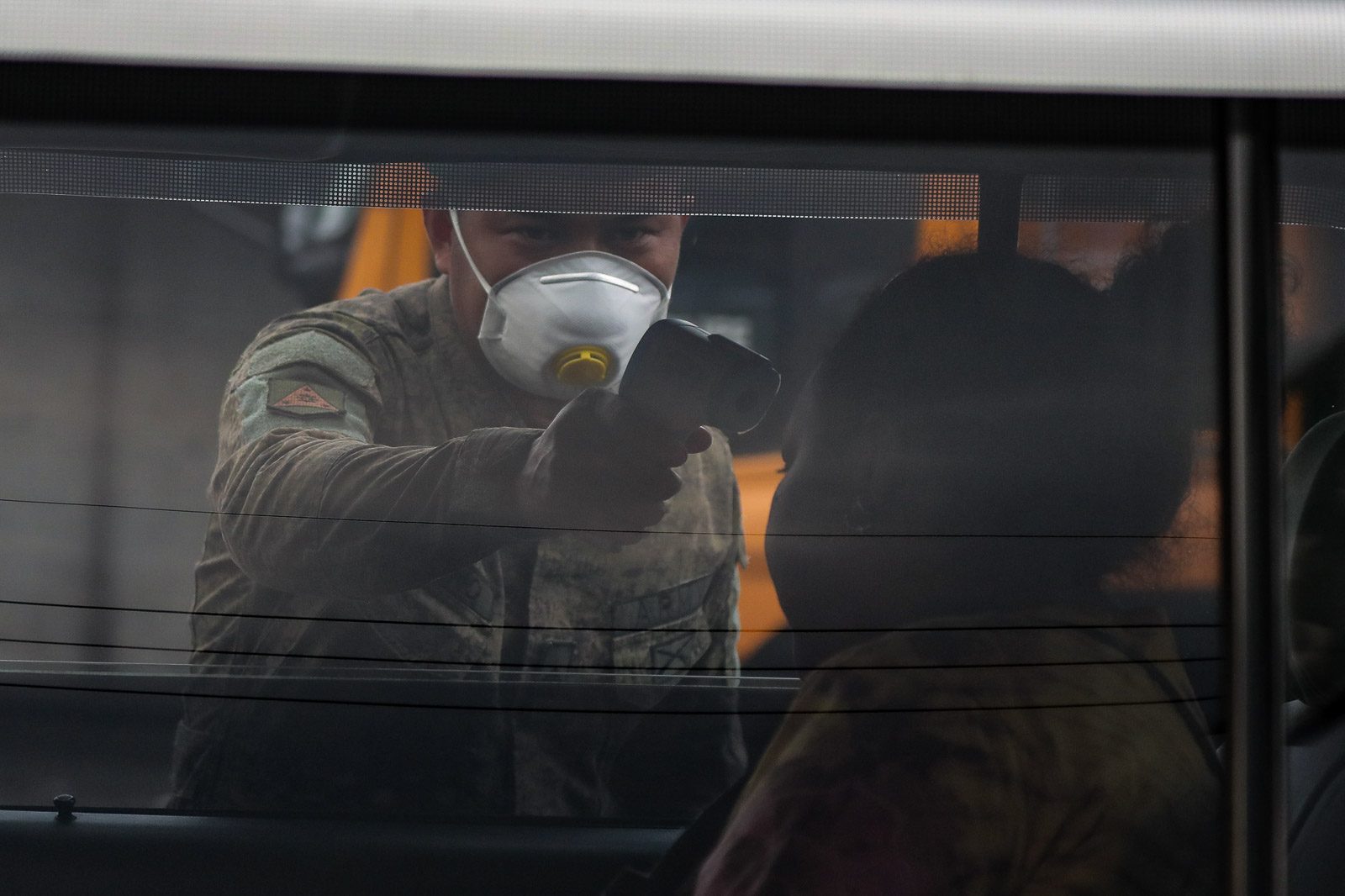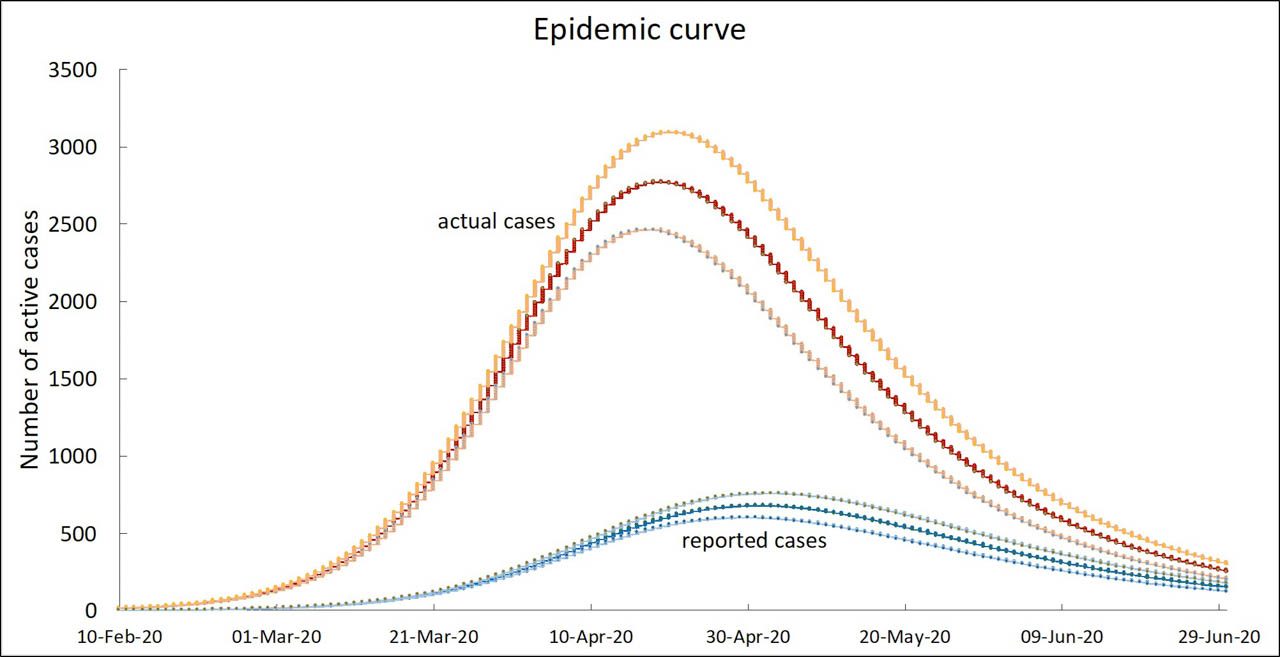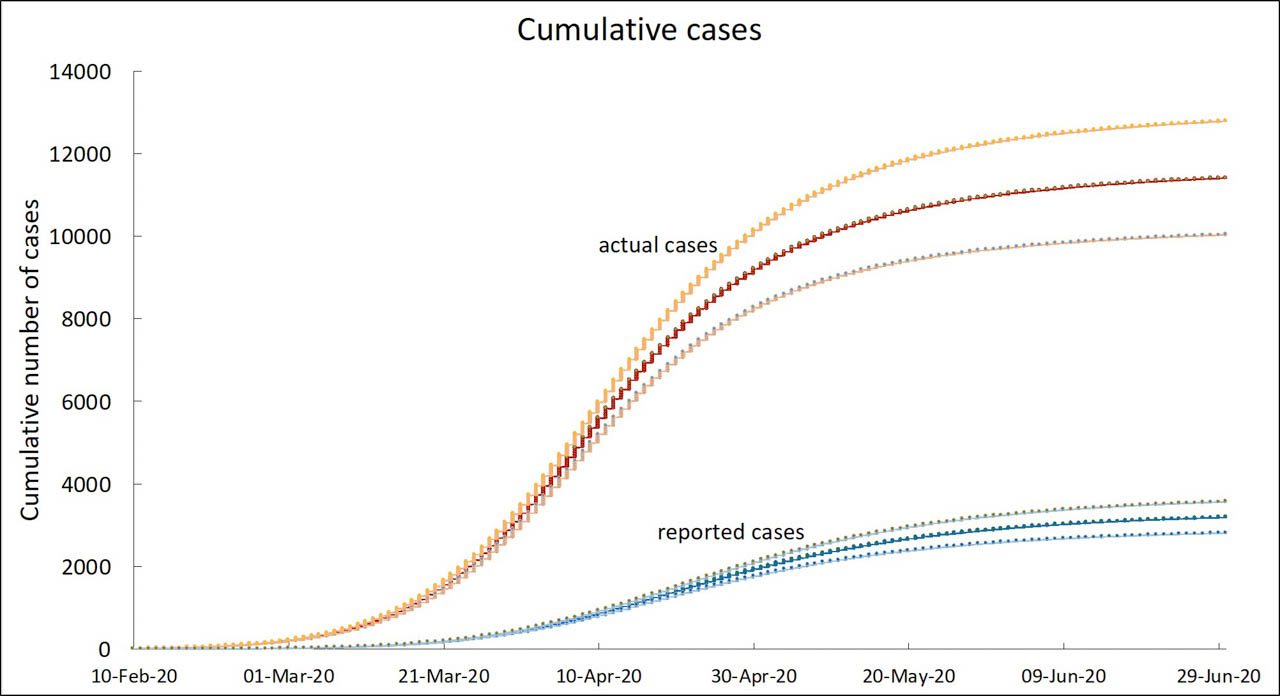SUMMARY
This is AI generated summarization, which may have errors. For context, always refer to the full article.

MANILA, Philippines – As of Wednesday, March 18, the Philippines has at least 202 confirmed COVID-19 cases, most of which are in Metro Manila.
The number of cases keeps increasing day by day, and scientific forecasts show that the numbers are not going to let up anytime soon.
Dr Jomar Rabajante, a mathematics professor at the University of the Philippines Los Baños, created an SEIR (Susceptible, Exposed, Infected and Recovered) model of COVID-19 for Metro Manila to forecast the number of cases and at the same time gain insights on how to fight this epidemic.
An SEIR Model is a common mathematical model used in epidemiology for infections that have a significant incubation period wherein the infected individual is not yet infectious.
Research suggests that the COVID-19 incubation period is 5 days and that the symptoms appear within the next 12 days.
“Based on my optimistic forecast, if the interventions such as the enhanced community quarantine aren’t that effective, the peak might happen mid-April, with around 2,500 active cases in Metro Manila,” Rabajante said.

These active cases disregard the number of those who have recovered and those who have already died. These are the ones who might have to be admitted to hospitals in mid-April as well.
The cumulative number of infected cases might rise to between 6,000 and 7,000 in that same period.

“In epidemics, the number of cases is shown as a curve. Initially there will be exponential increase in number of cases, then there will be a peak, then the number of cases starts to decline,” Rabajante explained.
“The peak happens because the disease already infected many susceptible individuals, so the curve will soon decline. This is a common pattern in epidemics.”
Rabajante also inferred that the COVID-19 epidemic in Metro Manila might have started around Valentine’s Day, when as many as 15 infected individuals started unknowingly spreading the virus after having gotten infected elsewhere.
Meanwhile, Department of Health data shows that it was not until March 6 that the number of reported cases rose to 5.
“Those we have detected in early March, it is highly possible that we had not detected all of those infected,” Rabajante said.
Rabajante conducted the mathematical modeling on March 15, when there were still 140 cases.
Based on his predictive SEIR model, there may be as many as 500 active cases in Metro Manila alone as of now. However, the number of infected persons may have been much higher if we take into account those who have either recovered or died since the pandemic started.
The graph also shows that for every COVID-19 case reported in Metro Manila, there may be 9 hiding in plain sight – carriers without symptoms or with just mild symptoms who are driving the spread of the infection.
This number is also consistent with the projections of international scientists, who surmise that 86% of all infections are undocumented.
What these numbers tell us is that plans and strategies for both the public and private sector must extend beyond the duration of the enhanced community quarantine, which is set to end on April 12, Rabajante said.
“People should plan long-term because we’re talking about a pandemic. If we go back to our normal practices after the enhanced community quarantine, there is a possibility of a rebound of the infection,” he added.
Experts from the Philippines and the World Health Organization estimate the novel coronavirus cases in the country could peak to 75,000 in the next 3 months or by June if not properly contained
Other experts, meanwhile, posit that the number of local cases may reach 26,000 by the end of March if not contained.
The global death toll due to the novel coronavirus has reached 7,873, with 3,237 of the fatalities in China (excluding Hong Kong and Macau). The number of cases worldwide has risen to 194,000, with more than 80,894 of the infections in China. The virus has spread to at least 150 countries. – Rappler.com
Add a comment
How does this make you feel?
There are no comments yet. Add your comment to start the conversation.